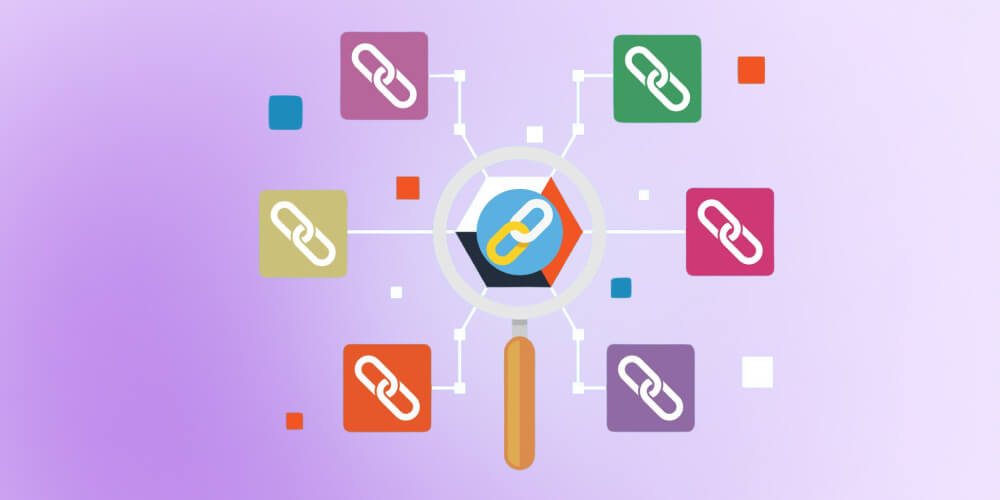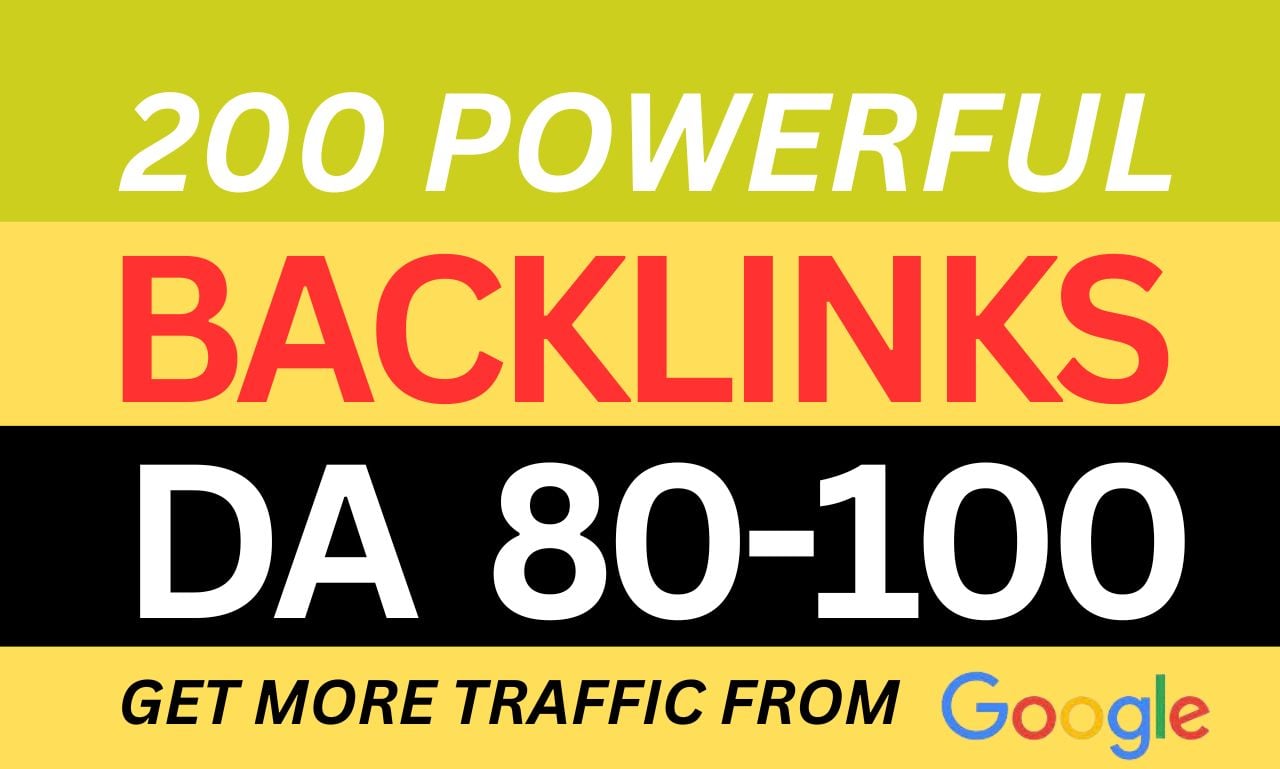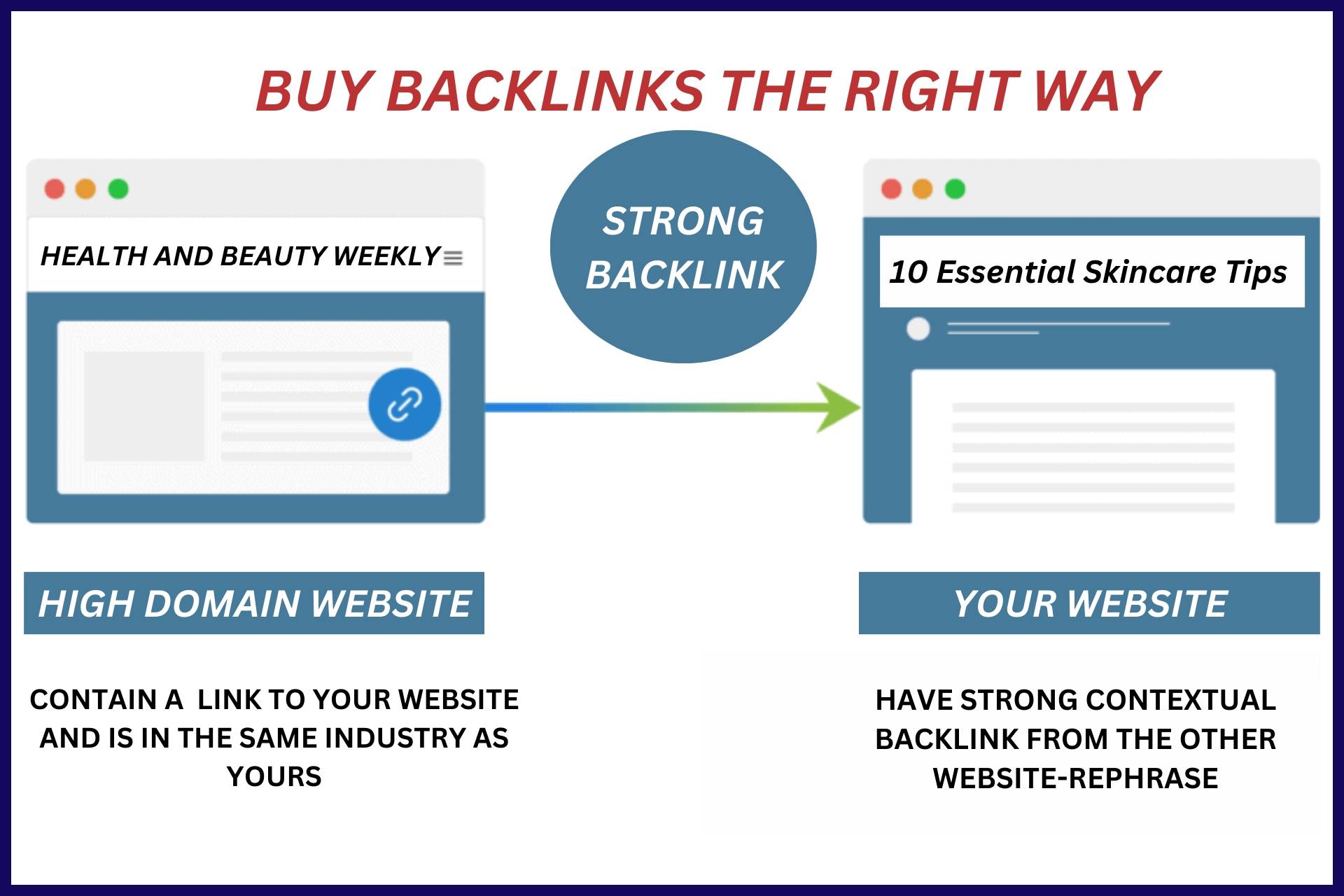In the ever-evolving world of SEO, finding strategies that endure algorithm updates can feel like chasing shadows. One approach that has stood the test of time is harnessing Web 2.0 backlinks—links created on user-generated platforms that point back to your site. But the trick isn’t just creating them—it’s crafting them in a safe, effective way that search engines will reward rather than penalize.
What Are Web 2.0 Backlinks?
At their core, Web 2.0 backlinks are links embedded within content published on platforms where users can generate pages or blogs. Unlike spammy link farms, these backlinks appear in a more natural context, often enriched with unique content, images, and internal links. Think of them as small tributaries feeding into the river of your website’s authority, but only if navigated correctly.
Why Safety Matters
Search engines have grown savvy. Aggressive tactics such as mass account creation or duplicate content can flag your site for penalties. The key is subtlety: post authentic content, diversify your anchor text, and avoid automated link schemes. By focusing on quality rather than quantity, you can cultivate backlinks that serve as long-term investments rather than fleeting hacks.
How to Build Web 2.0 Backlinks Safely
- Choose High-Authority Platforms: Stick with sites that search engines trust. Some of the top platforms include:
- WordPress.com – Popular blogging platform with strong domain authority.
- Blogger.com – Owned by Google, ensuring quick indexing.
- Weebly.com – Offers flexibility for embedding links in context-rich pages.
- Wix.com – Another reputable builder that allows for natural link insertion.
- Medium.com – High authority and great for content-driven link placement.
- Craft Unique, Engaging Content: Each Web 2.0 property should feature original articles or posts. Avoid thin, repetitive writing. Inject stories, visuals, or guides that genuinely inform the reader.
- Embed Links Naturally: Rather than stuffing URLs, integrate your link as part of a logical flow within the content. For instance, in a guide about digital marketing, you might casually reference a resource hosted on your site for further reading.
- Diversify Anchor Text: Instead of overusing exact-match phrases, mix branded terms, descriptive text, and long-tail variations.
- Update and Maintain Accounts: Web 2.0 platforms reward activity. Regularly updating content, adding images, and interacting with other posts signals legitimacy.
Example of a Web 2.0 Backlink
Imagine publishing a comprehensive guide on Medium.com about small business SEO strategies. Within the article, you reference your main site: “For a deeper dive into practical SEO workflows, check our detailed guide here.” That link back to your site constitutes a safe and contextually relevant Web 2.0 backlink.
Are Web 2.0 Backlinks Worth It Today?
Some SEO practitioners have questioned the value of these links in 2025. The reality is nuanced. When executed correctly, they can enhance site authority, improve indexing speed, and diversify your backlink profile. However, if done poorly—like duplicating content across dozens of low-quality platforms—they can appear manipulative. The magic lies in careful selection, authentic content, and ongoing nurturing.
In short, while Web 2.0 backlinks are no longer a magic bullet, they remain a worthy tactic in a multi-pronged SEO strategy. By targeting high-authority sites, maintaining genuine content, and integrating links seamlessly, you can cultivate a robust web of connections that subtly elevates your search performance.




